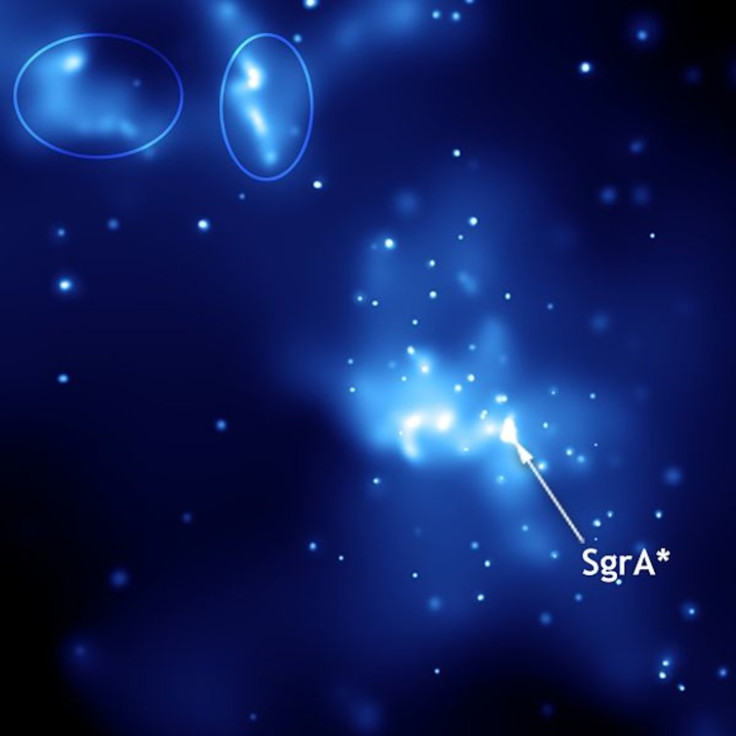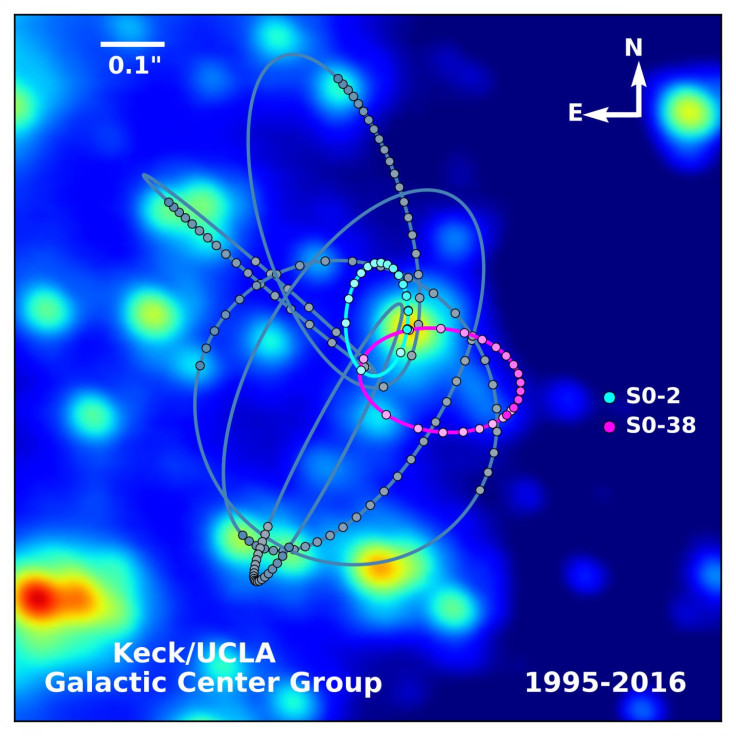A star zooming really close to black hole at the heart of Milky Way will test Einstein's theory
After years of anticipation, scientists will finally be able to test Einstein's theory of relativity.

Scientists will soon be able to test Einstein's theory of relativity, thanks to a star, which is about to zoom incredibly close to the black hole located at the heart of the Milky Way galaxy.
Researchers recently confirmed that the star, S0-2 is a sole star, orbiting the supermassive black hole Sagittarius A*. This allowed researchers to pinpoint the location of the star, something that would not have been possible, had the star been part of a binary system.
S0-2 is classified as an S-star and it is one of two stars that can travel closest to the Sagittarius A* once every 16 years, during its orbital journey. This will allow scientists to witness the black hole's gravitational power as the star is being pulled closer toward it.
"We have been waiting 16 years for this," lead author of the new study, Devin Chu of Hilo, an astronomy graduate student with UCLA's Galactic Center Group, said in a statement. "We are anxious to see how the star will behave under the black hole's violent pull. Will S0-2 follow Einstein's theory or will the star defy our current laws of physics? We will soon find out!"
"Stars as massive as S0-2 almost always have a binary companion. We are lucky that having no companion makes the measurements of general relativistic effects easier, but it also deepens the mystery of this star," said Do.
According to Einstein's theory, light affected by a strong gravitational field will get red-shifted or stretched out. This in turn would likely impact the star's orbit, slightly altering its trajectory.
As S0-2 journeys toward its closest approach to Sagittaruis A*, the scientists will be on the lookout for any changes, measuring them. In the event that they do find any changes, they would then be able to confirm Einstein's theory.
"It will be the first measurement of its kind," said co-author Tuan Do, deputy director of the Galactic Center Group. "Gravity is the least well-tested of the forces of nature. Einstein's theory has passed all other tests with flying colors so far, so if there are deviations measured, it would certainly raise lots of questions about the nature of gravity!"
The study also sheds light on S0-2 and its neighbouring stars in the S-Star Cluster. These stars are unusual because they exist so close to the supermassive black hole.
"S0-2 is a very special and puzzling star," said Chu. "We don't typically see young, hot stars like S0-2 form so close to a supermassive black hole. This means that S0-2 must have formed a different way."
The researchers hope to study other S-Stars orbiting the Sagittarius A*, in efforts to find out how and why S0-2 is a single star. ScienceAlert reported that scientists have been observing S0-2 since 1992 and that its closest approach to the supermassive black hole has been studied before. However, previous observations were used to confirm the existence of the Sagittarius A*. Researchers were unable to test the theory of relativity as we didn't possess technological instruments sensitive enough to observe a gravitational redshift in a star's light.
However, when S0-2 finally approaches its closest orbit in mid-2018, scientists will be able to determine whether Einstein was right.
The new research has been published in The Astrophysical Journal.























